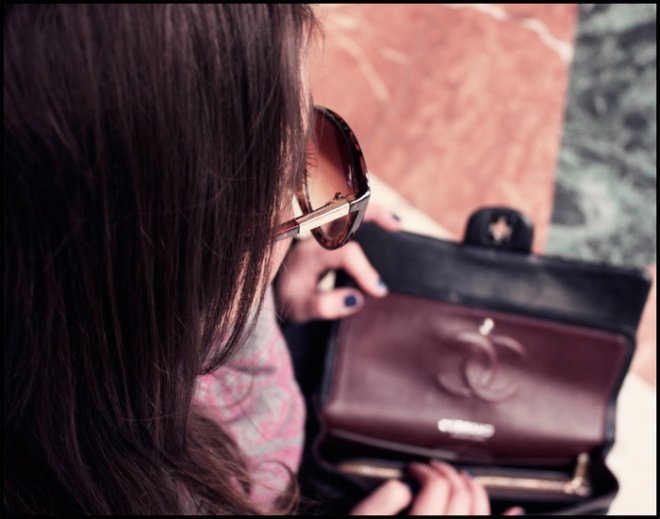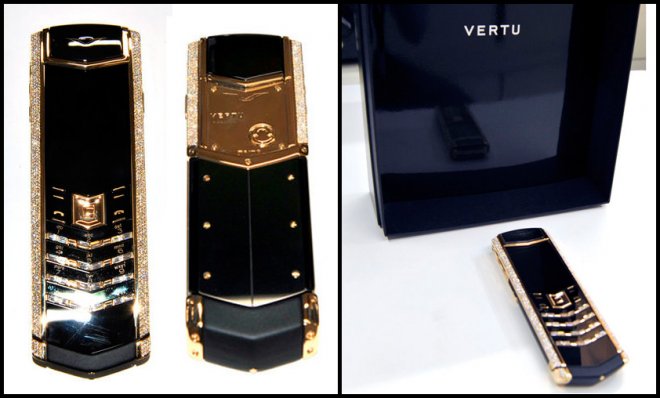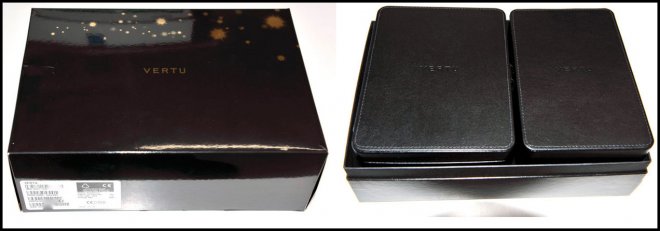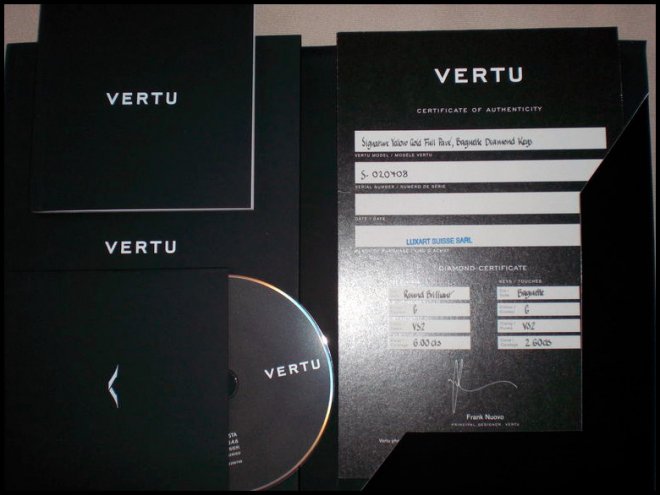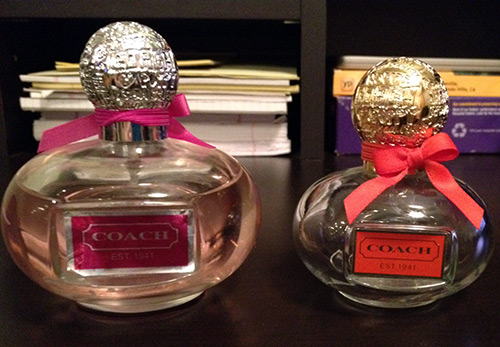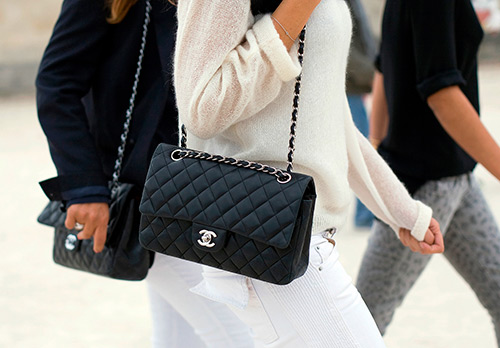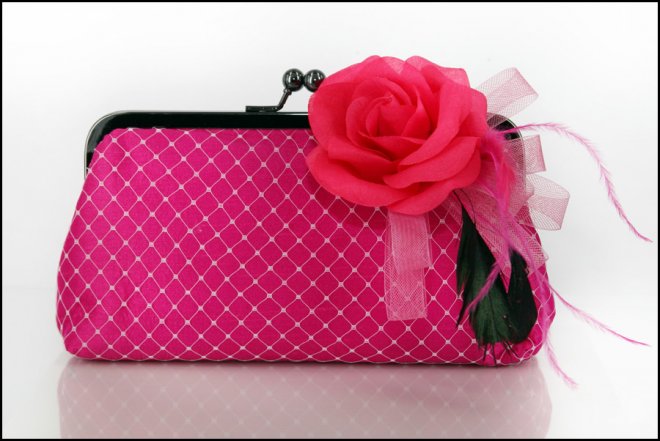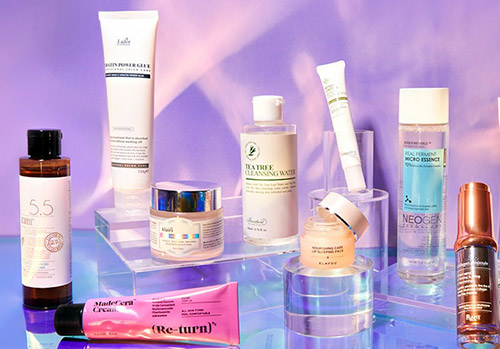Shopping
Fashionable clothes and other goods - how to distinguish a fake from an original?
Today we will talk about such a topical topic as global brands and fakes for them. The question has matured by itself, and this, as they say, is a sad fact - a huge number of various fakes in modern fashion industry.
Just walking along the streets, you can see with the naked eye a lot of girls, dazzling, like a store sign, with true fakes of clothes - Chinese, Turkish things and labels of famous brands. Fake jeans, bags, jackets, in a word, everywhere - copies, copies, copies ... Everything is counterfeited - from clothes to toys, from cosmetics to watches, and I would not be surprised if one day I find a fake book on my desk! Although this, in principle, is not far off - already now some publishing houses are producing copies of books translated, say from a foreign language, with hastily reprinted black and white pictures (in the original color) and poor-quality cover.
Those who acquire a fake, or simply a thing that does not belong to any brand, do not understand very well that a rough copy will be visible in three, as they say, versts, and with a claim to glamor, such a thing will look completely vulgar, although there are, of course, higher quality ones. skillful copies, which only a qualified specialist can distinguish. Fortunately, this does not apply to the total mass of the most popular goods - clothing and accessories.
So, I would like to find out how to distinguish a good copy from the original, or how to distinguish a good copy from a low-quality fake (it also happens).
How to distinguish a fake from an original?
First of all, we decide for ourselves what we want to buy, ask ourselves an honest question and calculate the amount of money needed to purchase the original. If we (ideally) decide to purchase the original, we carefully consider those possible places (shops and retail outlets) where it will be most realistic to purchase it. Any options like: "and it is much cheaper there" are excluded here - at this stage we must, first of all, think about the reputation of the store, and not about saving money. Let's say we have decided on the choice of the store, but now the most crucial moment comes - we turn on the vigilance of the buyer (more precisely, our own). This is where some useful information will come in handy ("knowledge is power"), based on this, we will master several important rules:
1. When buying a thing, first of all, take a close look at it. Does its general appearance satisfy you, or is there something alarming? Can't you see where there are crooked seams, stitches, unfinished fabric, protruding threads, rough rhinestones, glue (on cosmetics, these can be crookedly sticking stickers) or other flaws.
2. If none of this is found, you have a good copy in front of you (just kidding). Next - pay close attention to the label, tags and other identification marks. To an advanced buyer, they can tell a lot about themselves:
- the label must be executed neatly, the brand name must be clearly written on it, often with the company logo.
- The buttons and zippers must also have the brand name engraved on both sides! If the buttons do not have a name, but, for example, some kind of pattern is depicted, say, in the form of flowers - the thing is 100% not branded. On some zippers, the YKK mark is allowed.
- Labels, as a rule, should be double, with a detailed description of the care of the thing and indication of the size in the interpretation of several countries. If this product is produced in the EU countries, the Russian size will not be indicated there; on some other products, say baby diapers, the inscription - made in ES (European Union) is allowed.
- Once again, carefully re-read the brand name - whether it exactly corresponds to reality.Sometimes counterfeit manufacturers change one letter in the brand name, say Nokla instead of Nokia, or Panasonix instead of Panasonic, but then in this case, we are talking about a gross forgery.
- Sometimes, the manufacturers of this or that thing are completely impudent, drawing in huge letters on the chest, or even worse - on the butt: GUCCI, or ARMANI (this, by the way, annoys me most of all), such a thing also, of course, refers to a number of gross fakes. Let's say you've checked all of the above. And even at this stage, you can still easily run into a good copy (we have already weeded out a rough fake). How then to act in this case?
- You can ask the seller for a quality certificate if you still doubt the authenticity of the purchased product. The personal factor should not play any role here - you came to the store, not the seller on a date, and you are guided by the unspoken rule “the customer is always right”.
- You can exactly study the collection and the appearance of the thing that you want to purchase (the copy can often differ in some minor elements that are present in the original).
- In the end, you can turn to a specialist to find out the facts (be it a seamstress, jeweler, fashion designer - designer or expert), and, if the sold product does not correspond to the declared quality, return it back within a few days. At the same time, it is important that all labels and tags are intact, and the packaging is preserved without damage.
- If the seller refuses, you can insist on writing a statement to the manufacturer, or to the company that supplied the product (this is a rather thankless and unreliable occupation, but, in some cases, still yielding results).
And more recently, there has been such a phenomenon - many manufacturers acquire licenses from other brands for their own production of goods. In this case, it will be a question of just a good copy, (to a greater extent, it concerns electronics and office equipment), but its manufacturers will never take the name of the same name, or a name similar to the leading brand. They will, without fail, take their own, registered as a trademark, and in this case they will have the absolute right to produce goods that meet quality standards. This is a good alternative for those who want to purchase a conditional copy, but we are, in this case, talking about the original.
How to distinguish a fake from an original using the example of a VERTU phone.
There are times when the seller is clearly going to deceive the buyer when selling. To do this, there are various ways to check this or that thing in "folk ways": for example, natural wool should be slightly squeezed in your hands - when leveling it will slightly crumple, while synthetics will not be wrinkled. Natural fur can be checked with a match (it is not always possible) - when scorched, the villi will burn and turn to ash, while the artificial fluff will be charred more than decay. Faux fur is lighter and thinner, natural fur has greater rigidity, and each villus has a structure. High-quality boots can be placed on a flat surface at a distance from each other - they should stand level and not fall without any support (this determines the correct execution of the shoe, excluding its curvature), etc. In general, the question on the topic of how to distinguish a fake from the original is very capacious and relevant, the more money there is in the economy, the more active counterfeits will arise. They have always been forged, since the ancient world, and most likely they will never stop. And you and I should be careful and before any important purchase try to read at least a little about the quality and properties of the goods. With the general availability of the Internet, this is not difficult to do. Therefore, when buying a bag or flash drive, go to the Internet in advance, ask the search engine a few questions, it will give both photographs and accompanying texts, so that the probability of an error is minimized.
Comments and Reviews
Add a comment
Rating news
Shades of clothing that make women look younger
What shades of hair make women younger: rules and photos
Funny wedding dresses - photos and ideas
12 most expensive down jackets for the winter
How to look 25 at 40: tips from supermodels
Beautiful schoolgirls
Anti-aging haircuts and hairstyles for women
Fashionable skirts for autumn and winter
Fashionable women's trousers for the cold season
Fashionable and stylish sandals for summer 2024
Spring-summer 2024
 Fashionable dresses and tops with thin spaghetti straps
Fashionable dresses and tops with thin spaghetti straps
 Bandana tops: how to wear stylishly and beautifully
Bandana tops: how to wear stylishly and beautifully
 How to put together the perfect men's wardrobe for the summer
How to put together the perfect men's wardrobe for the summer
 Fashionable shorts for spring-summer 2024
Fashionable shorts for spring-summer 2024
 Fashionable skirts for spring-summer 2024: a guide to online shopping
Fashionable skirts for spring-summer 2024: a guide to online shopping
 The most fashionable dresses spring-summer 2024: styles and colors
The most fashionable dresses spring-summer 2024: styles and colors
 Fashionable total look 2024: ideas of images and trends
Fashionable total look 2024: ideas of images and trends
